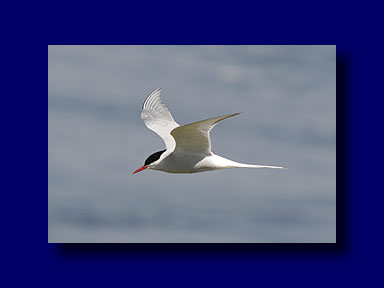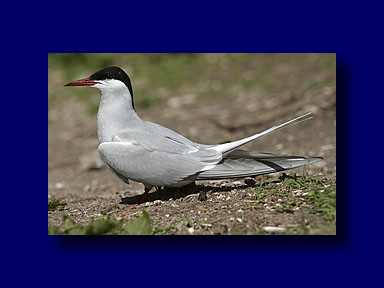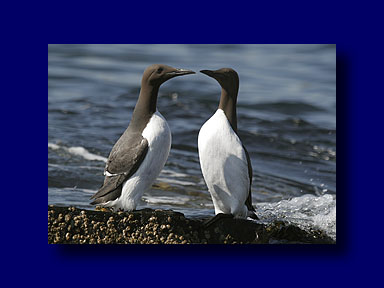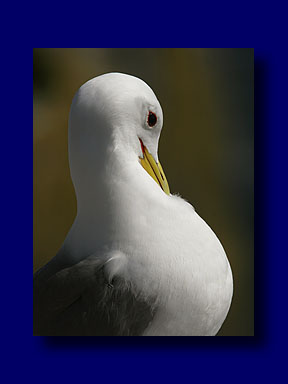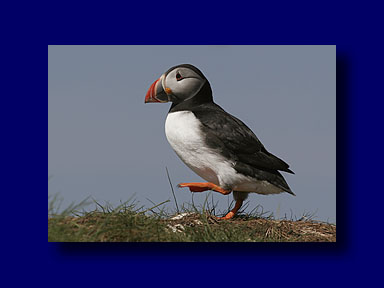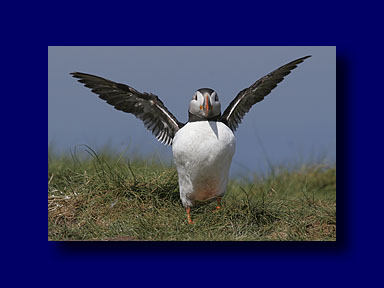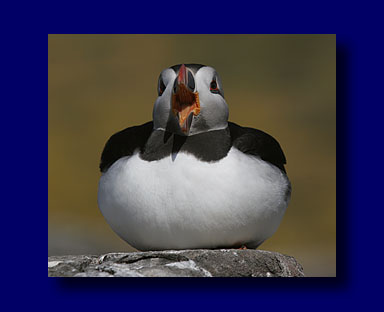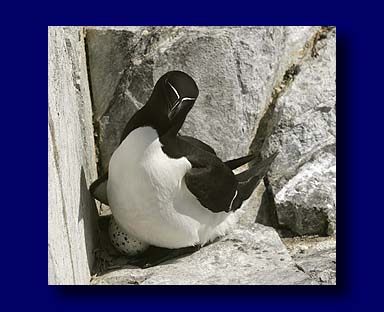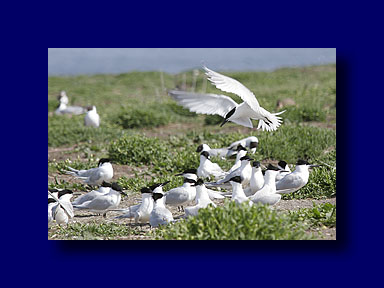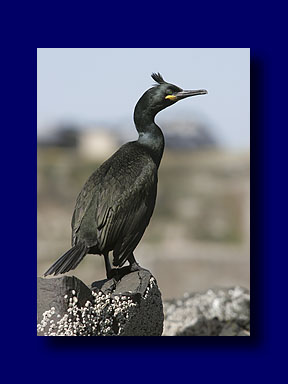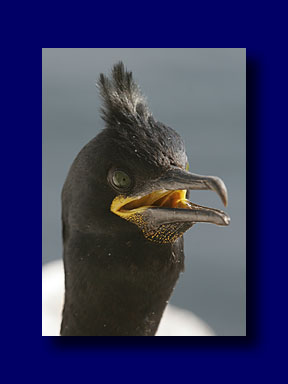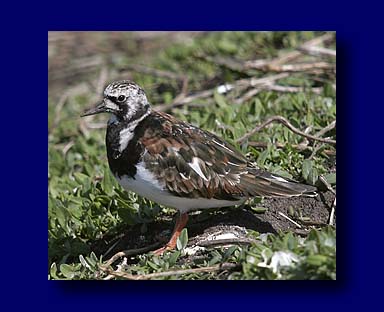Arctic Tern
Very similar in appearance to the common tern, this is a fragile looking bird and yet migrates further than any other bird on the planet. If I've got this right, the easiest way to distinguish between the arctic and common terns is that the arctic tern has a brighter red bill which does not have a dark tip.
